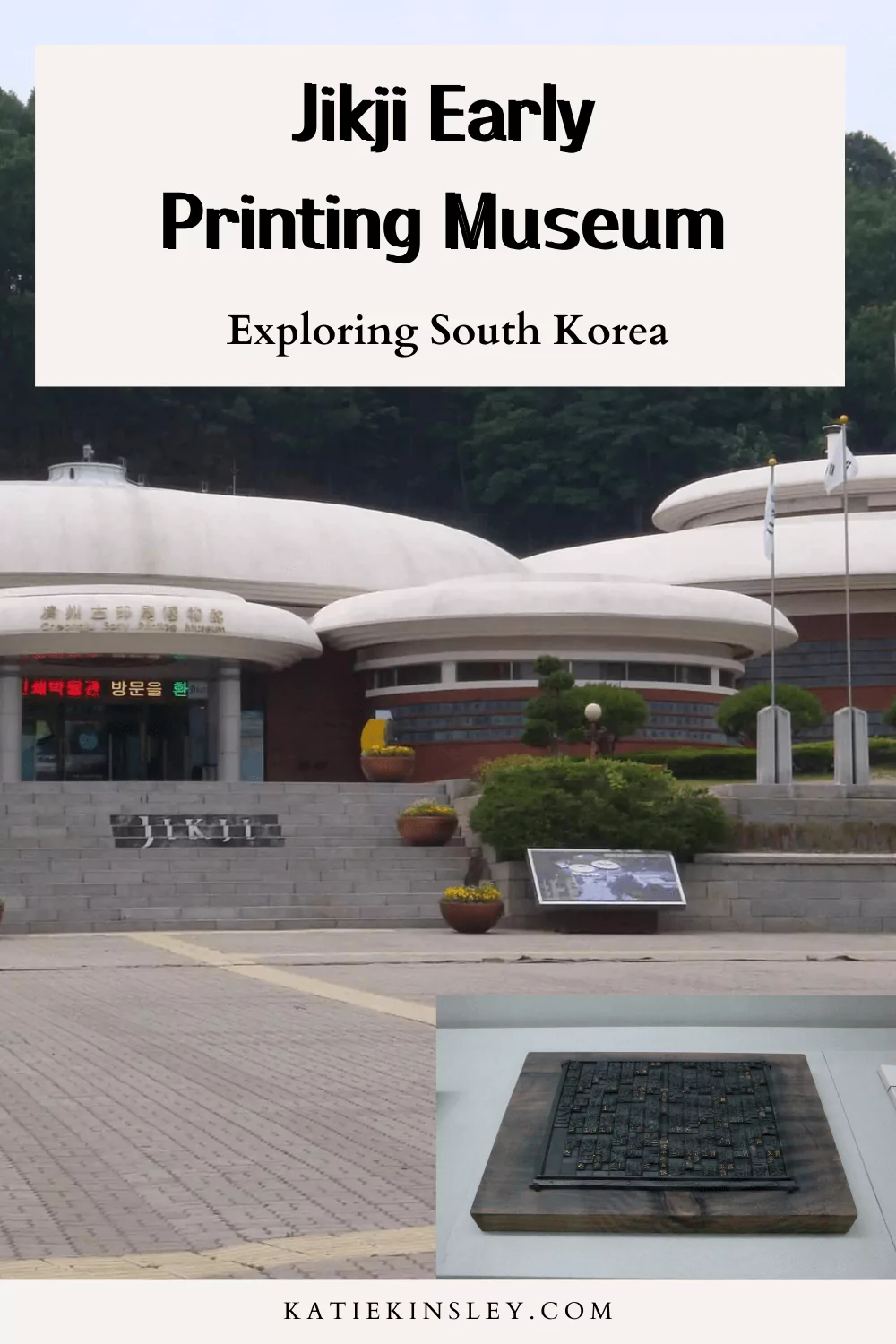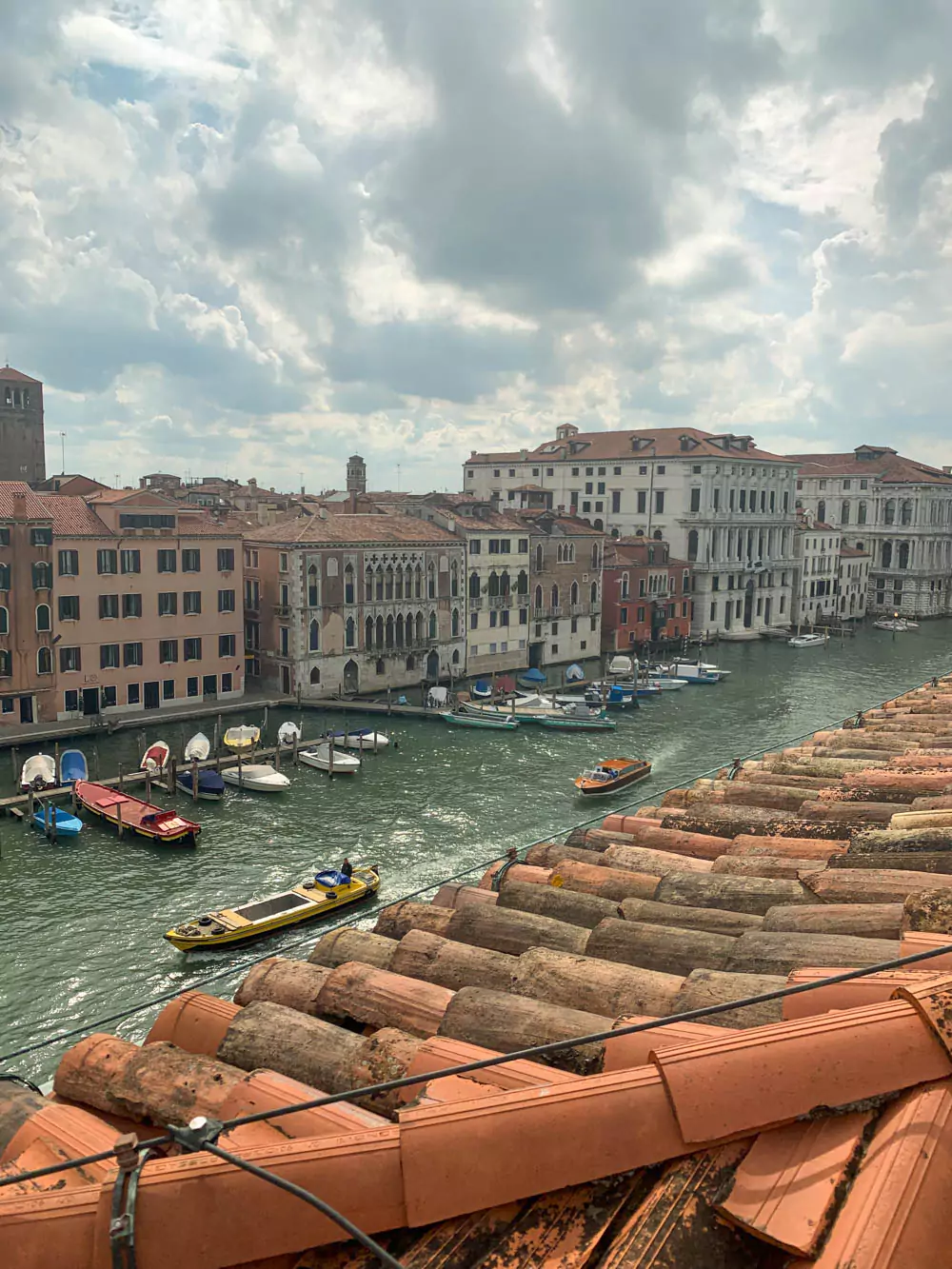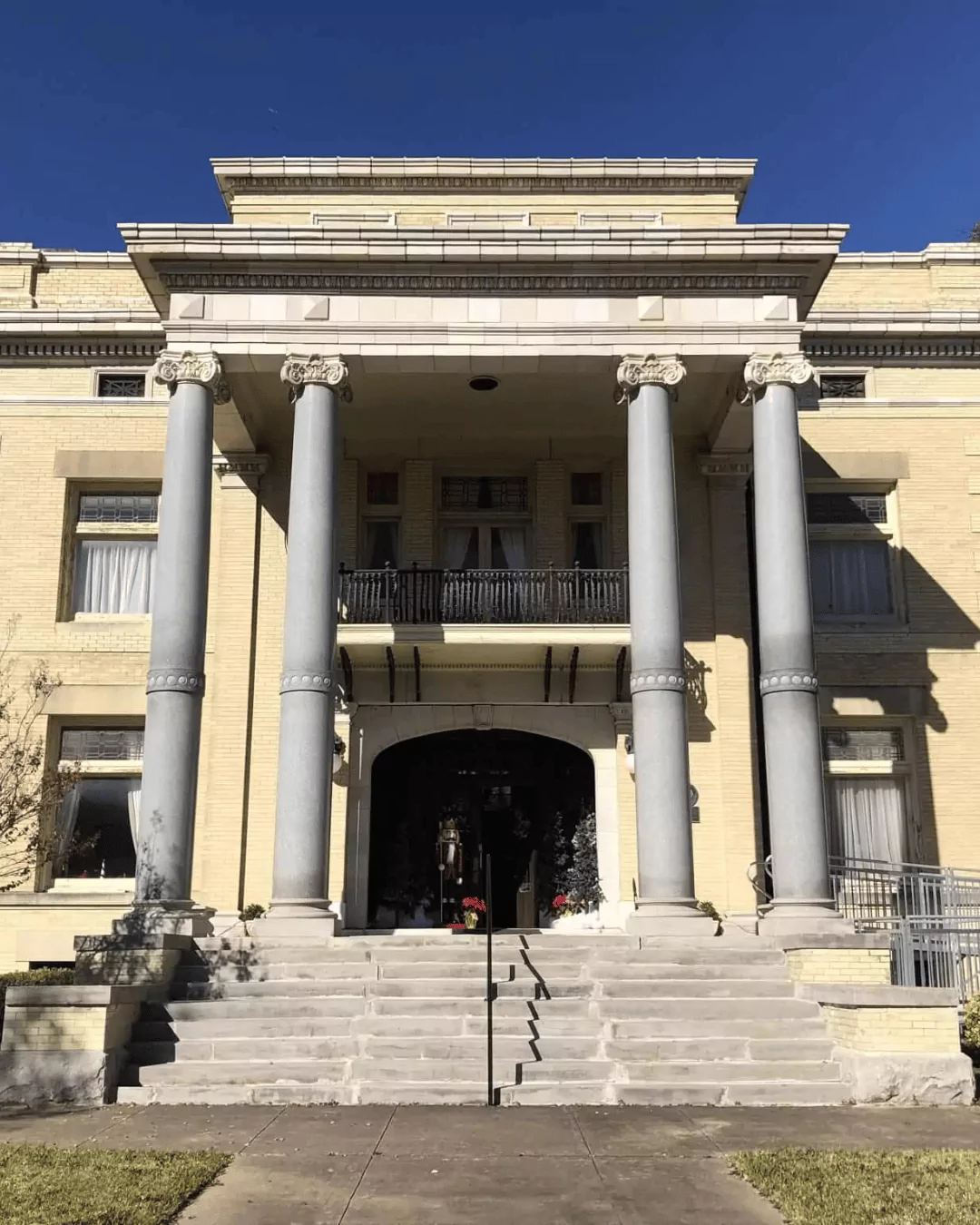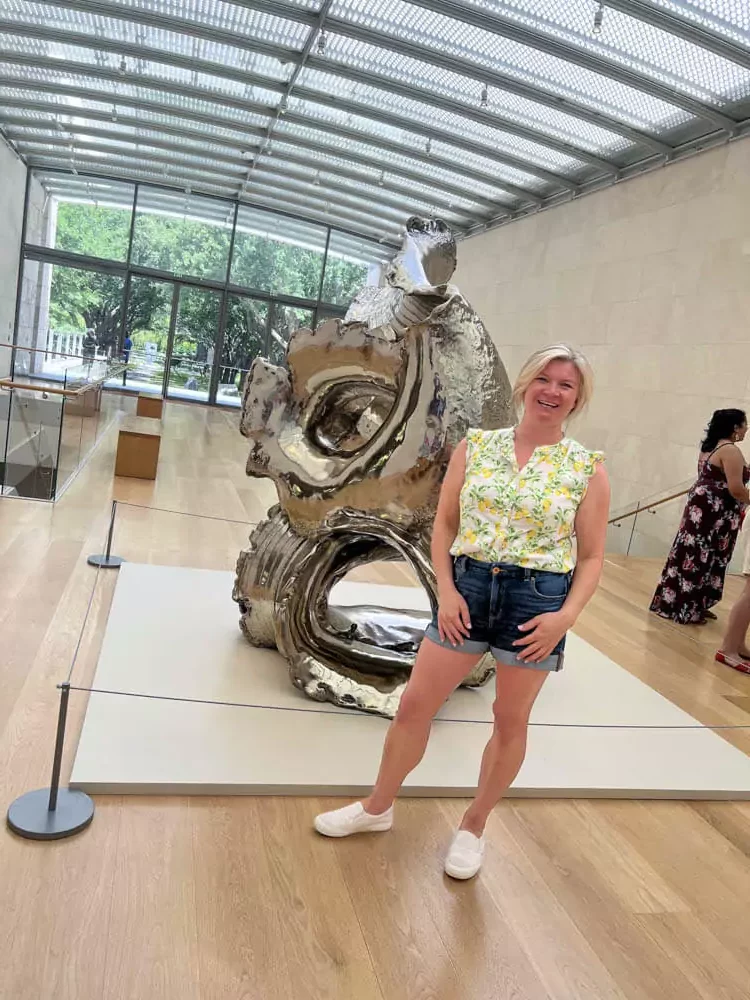Nestled in the heart of South Korea, the Jikji Early Printing Museum is a captivating destination that offers a unique opportunity to explore the rich history of printing and the profound impact it has had on human civilization.
Dedicated to the preservation and celebration of early printing techniques, the museum takes visitors on a journey through time, unveiling the remarkable evolution of printing and the enduring legacy of Jikji, the world’s oldest extant book printed with movable metal type.
In this blog post, we delve into the fascinating world of the Jikji Early Printing Museum, exploring its significance, exhibits, and the invaluable insights it provides into our cultural heritage.
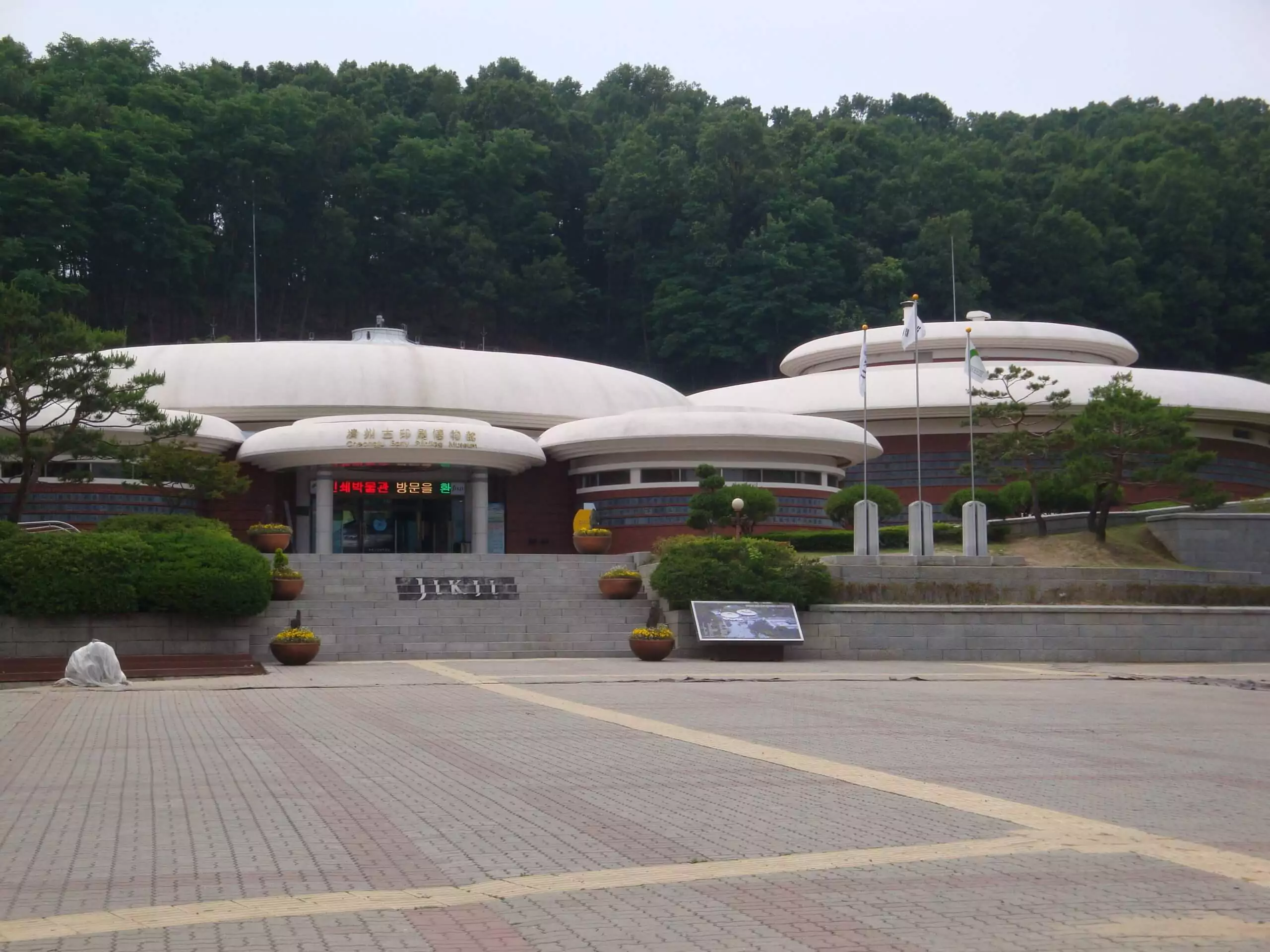

The Jikji Early Printing Museum pays homage to the pioneering spirit of early printers and the revolutionary technologies they employed. Discover the various printing techniques that predate the advent of Johannes Gutenberg’s printing press, including woodblock printing, moveable type, and xylography. Gain a deeper understanding of the craftsmanship, ingenuity, and dedication required to bring the written word to life.
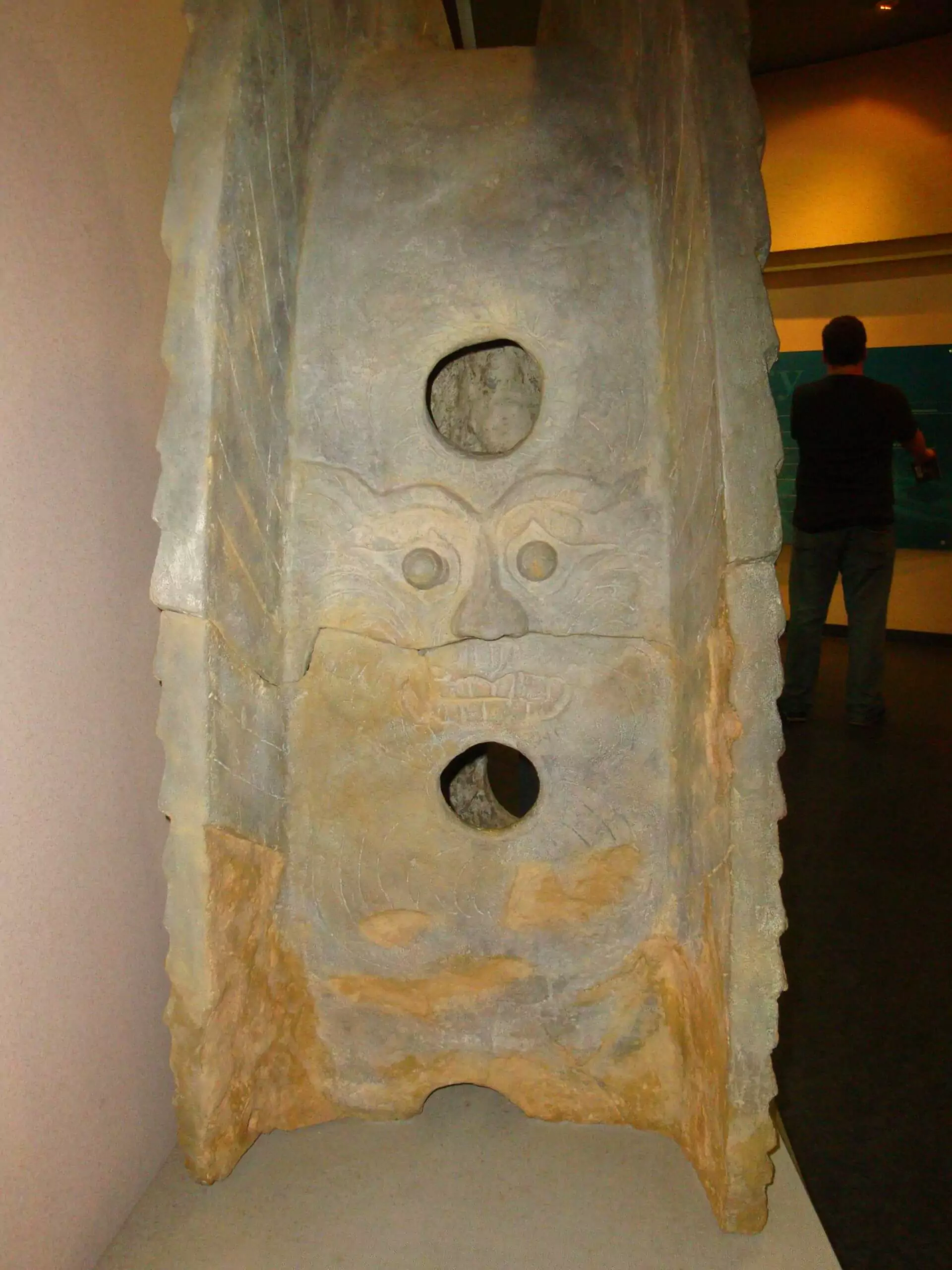
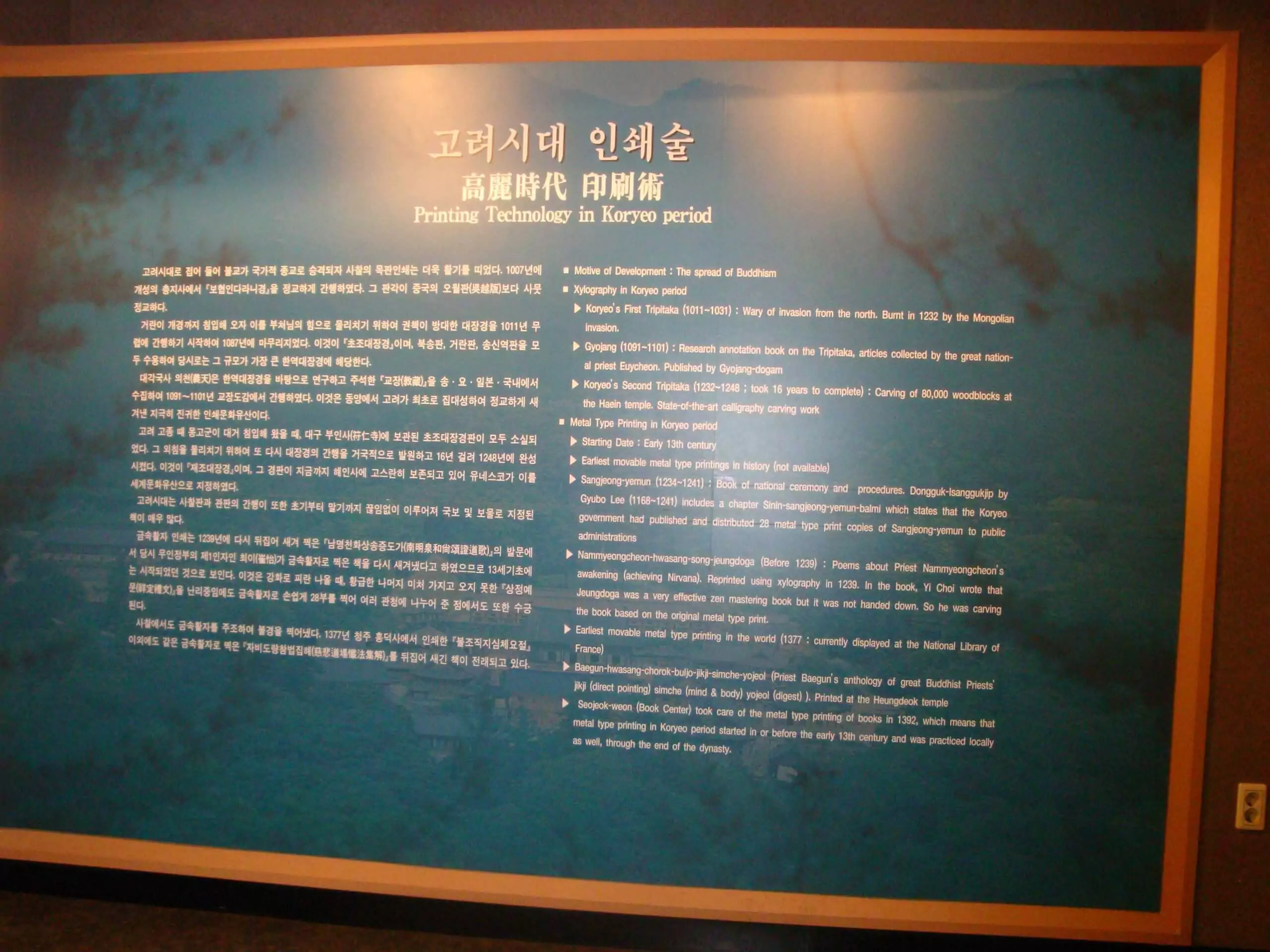
At the heart of the museum’s collection is the invaluable Jikji, a masterpiece of early printing. Learn about the history and significance of Jikji, its preservation journey, and the stories it carries within its delicate pages. Marvel at the precision and artistry of the movable metal type used to create this historic book, and understand how Jikji represents a pivotal moment in the evolution of printing technology.
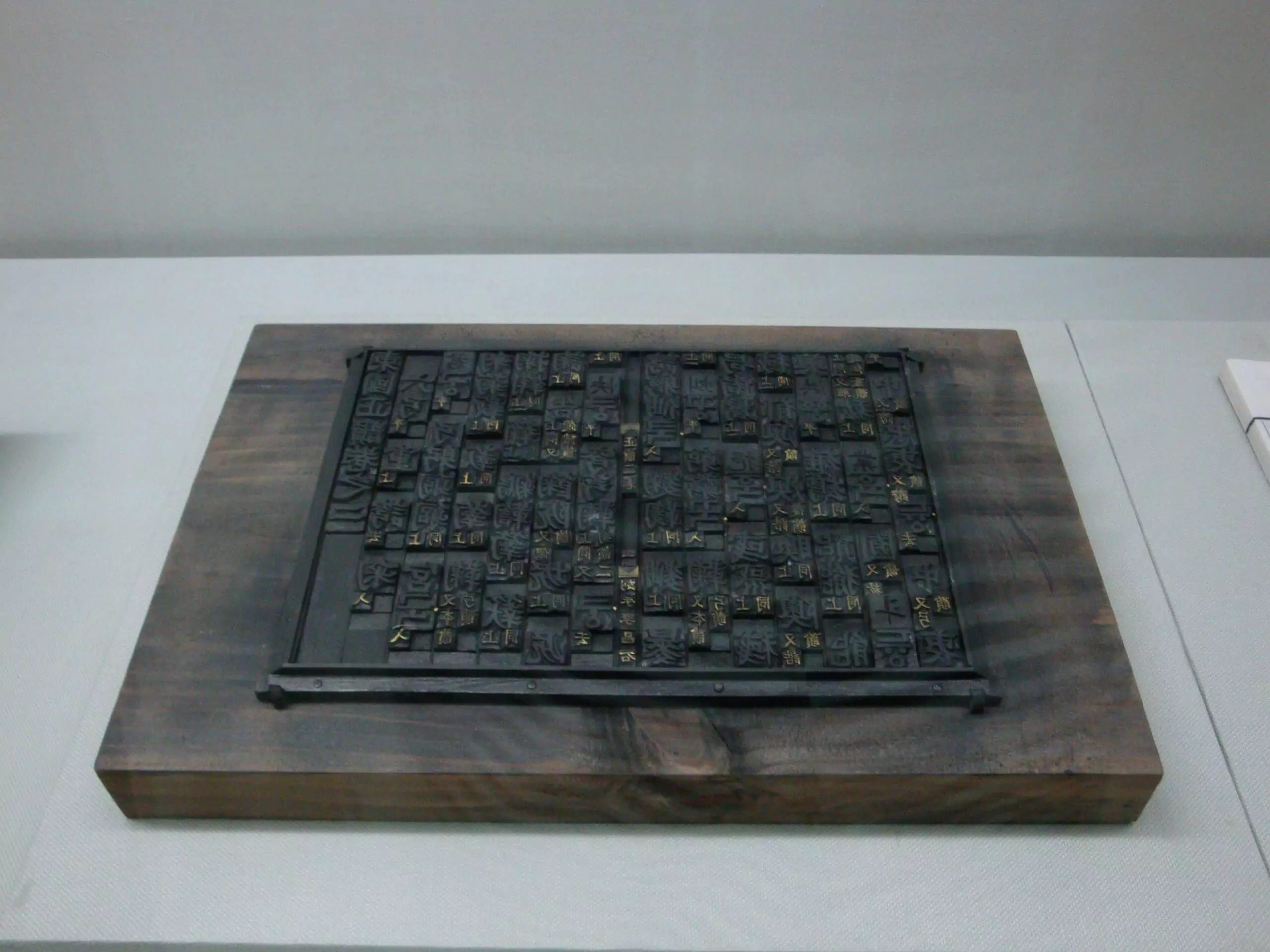
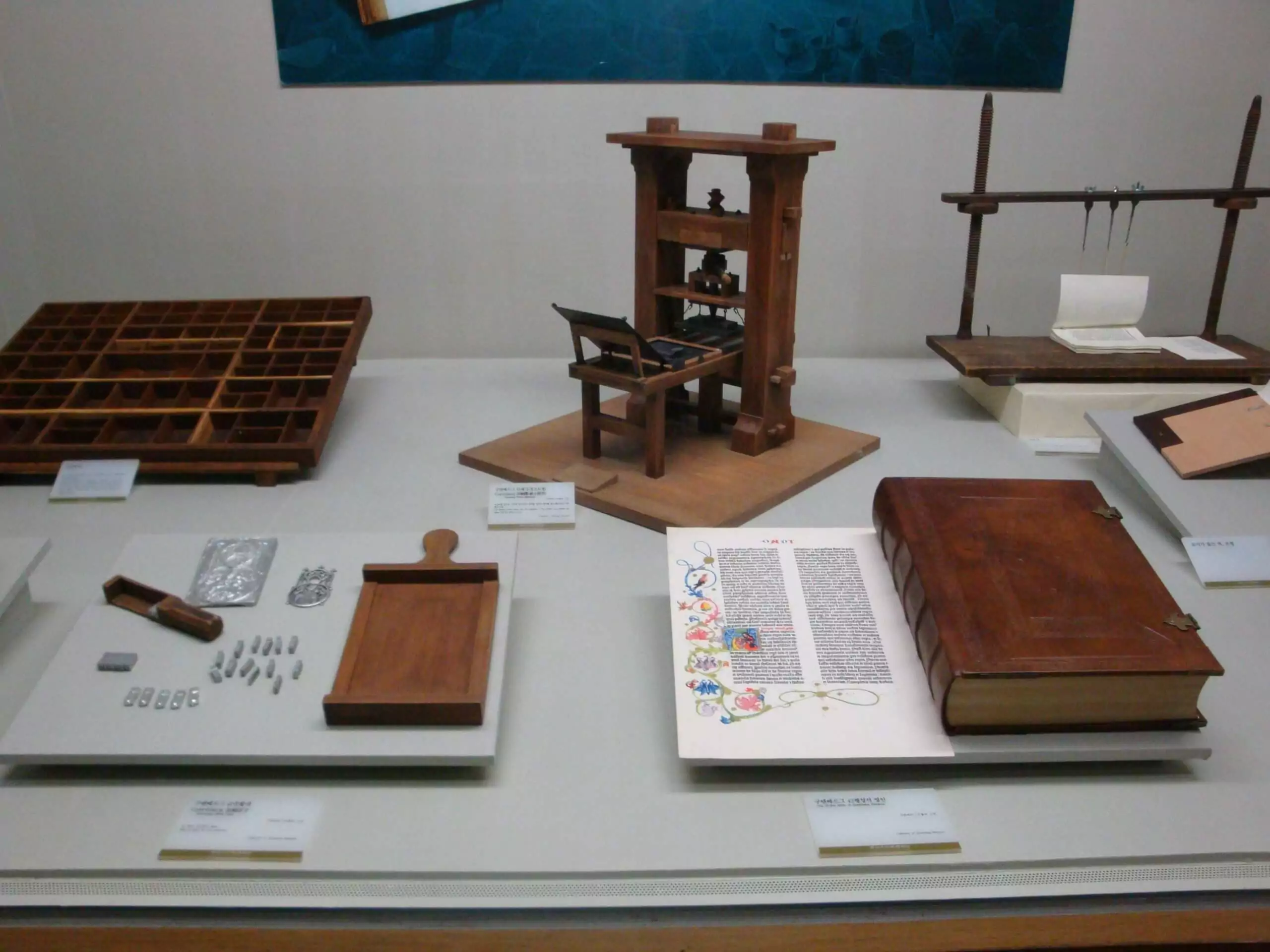
Interactive Exhibits and Workshops
The Jikji Early Printing Museum offers interactive exhibits and workshops that provide visitors with hands-on experiences of traditional printing techniques. Try your hand at woodblock printing, experiment with movable type, and appreciate the meticulous craftsmanship required to produce printed materials in centuries past. Engage with knowledgeable guides who share insights into the intricacies of these techniques and the cultural significance they hold.
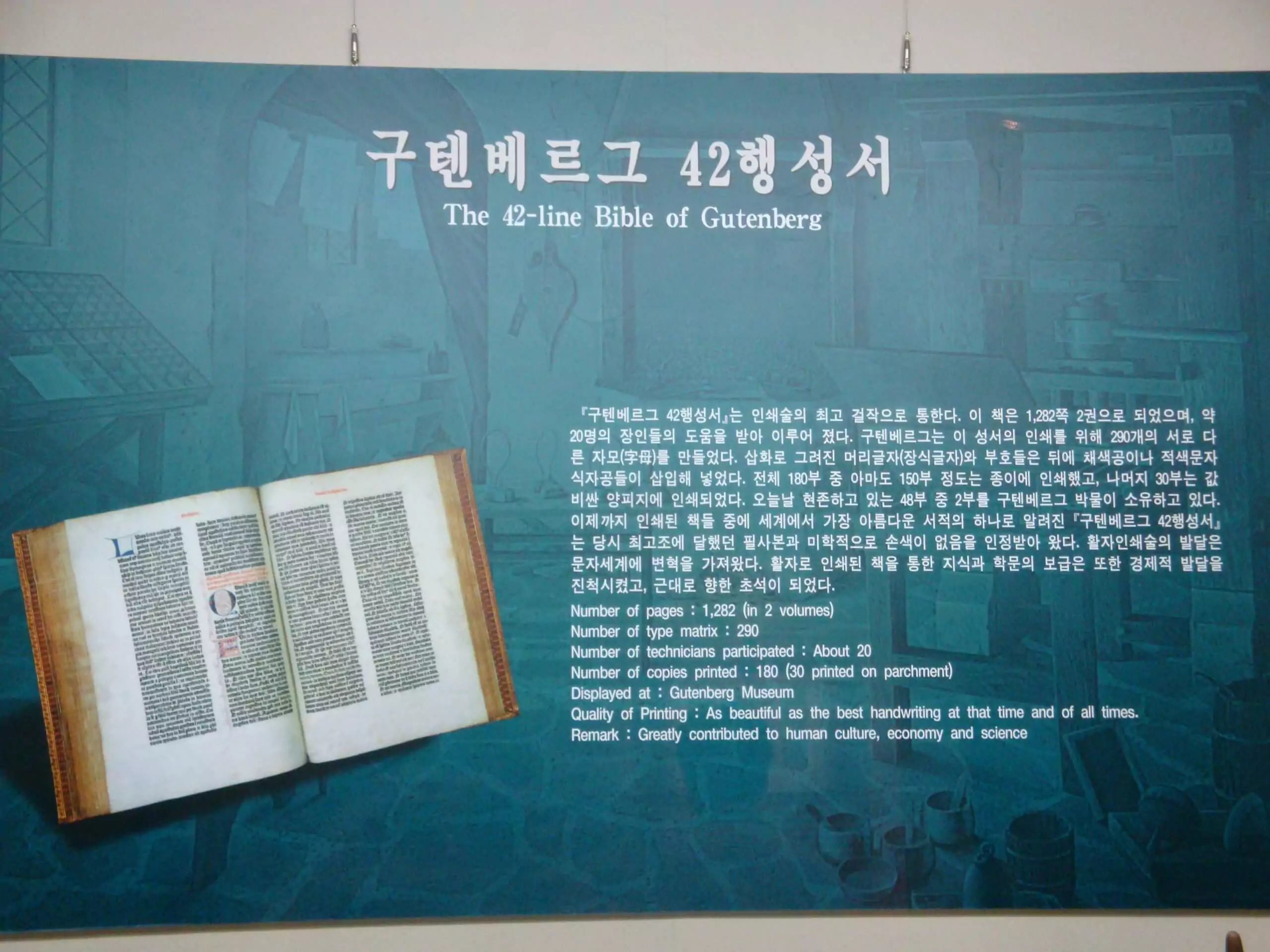
The Jikji Early Printing Museum is a captivating destination that celebrates the art, science, and cultural significance of early printing. As you journey through the museum’s exhibits, you’ll gain a profound understanding of the evolution of printing techniques, the beauty of traditional craftsmanship, and the enduring legacy of Jikji. The museum serves as a reminder of the human desire to communicate, preserve knowledge, and share ideas across generations.
Have you visited the Jikji Early Printing Museum?
By visiting the Jikji Early Printing Museum, you contribute to the preservation of our collective cultural heritage and gain a deeper appreciation for the transformative power of printing throughout history. Let the museum’s exhibits inspire you to explore the connections between the past and present, and to appreciate the incredible advancements that have shaped our modern world. The Jikji Early Printing Museum is a testament to the ingenuity of early printers and the profound impact they have had on our lives.
XOXO,
Katie
In 2009 I traveled did a study abroad immersion trip to South Korea. You can find all the South Korea journal entries here.
